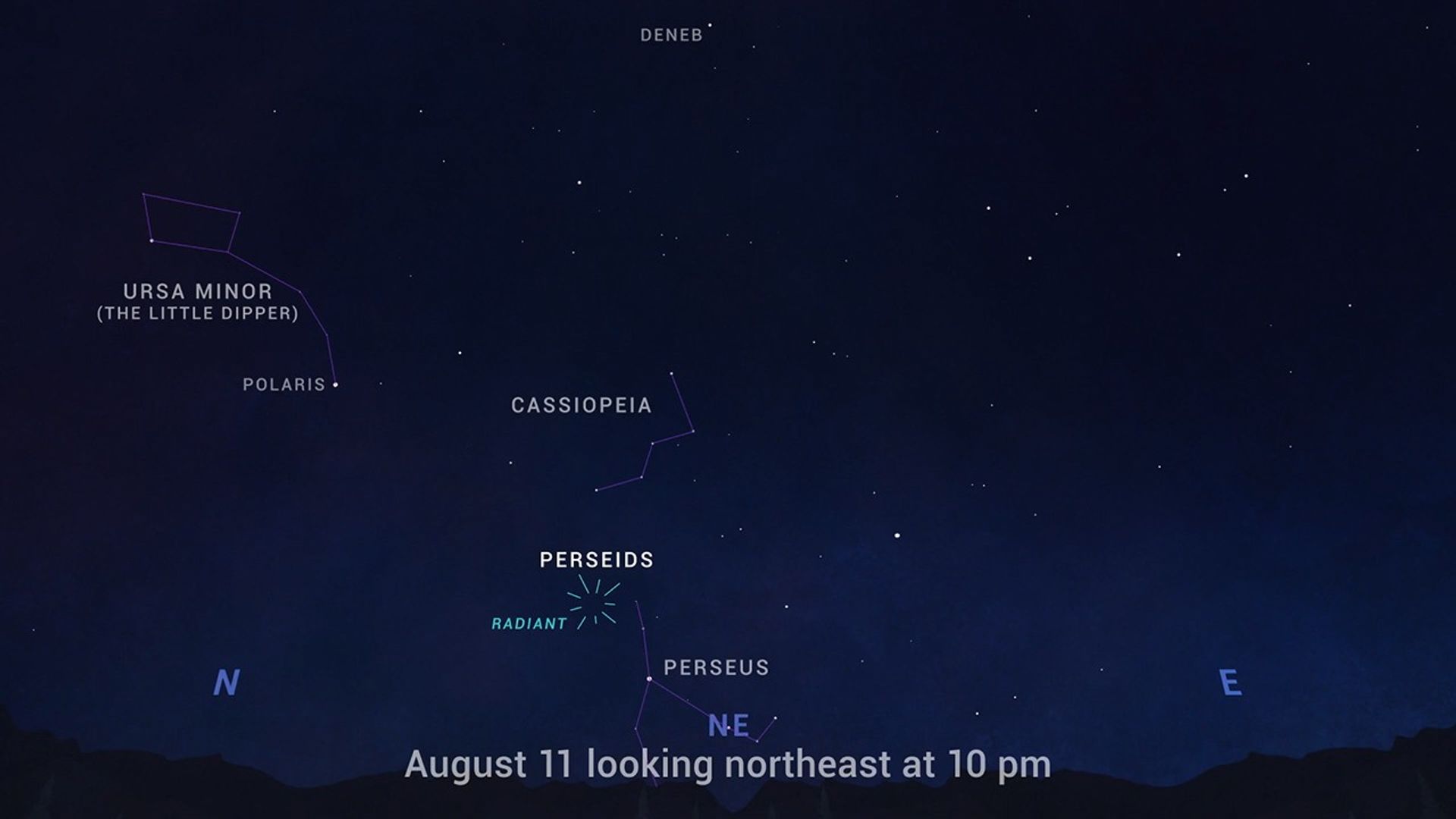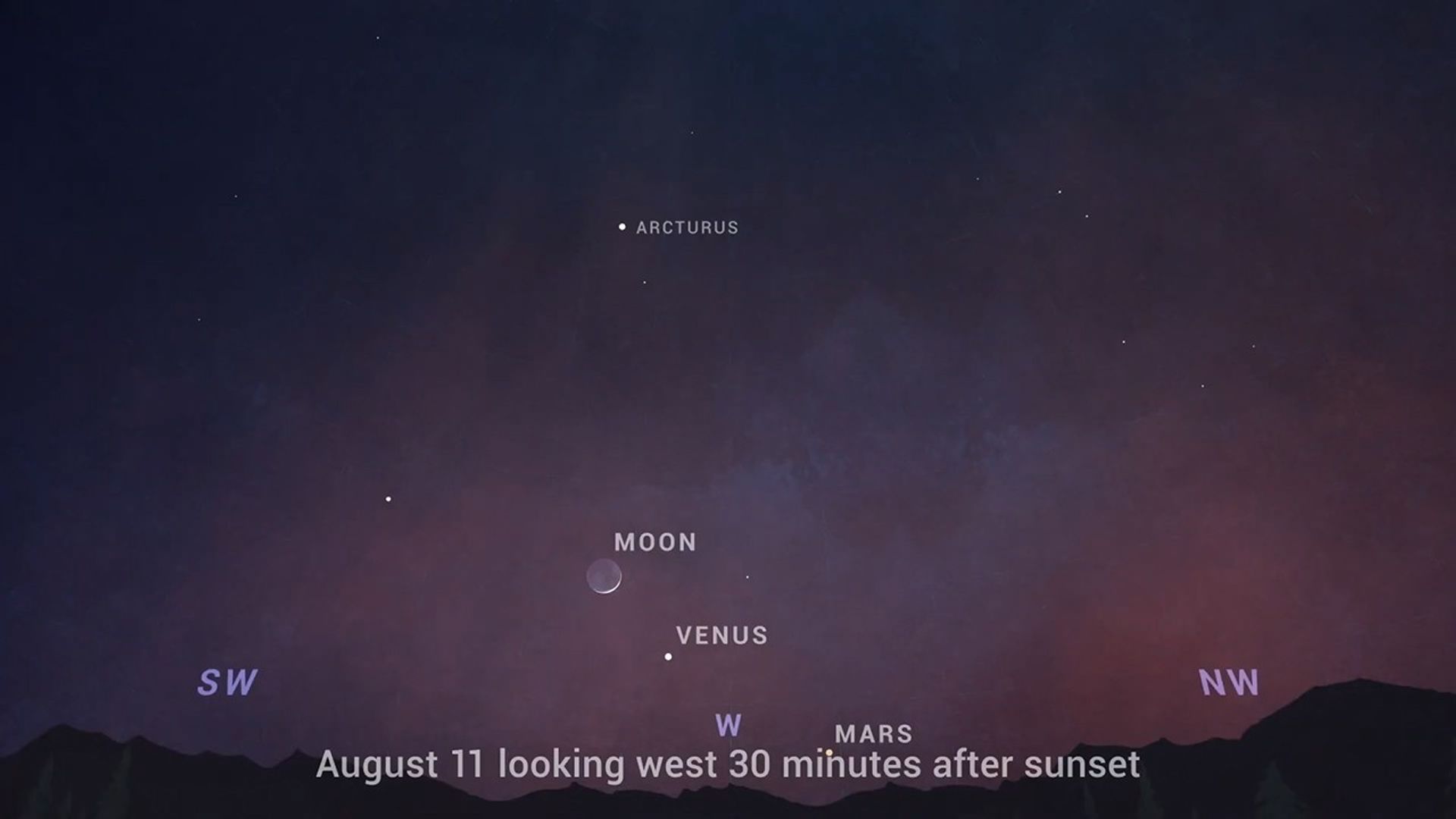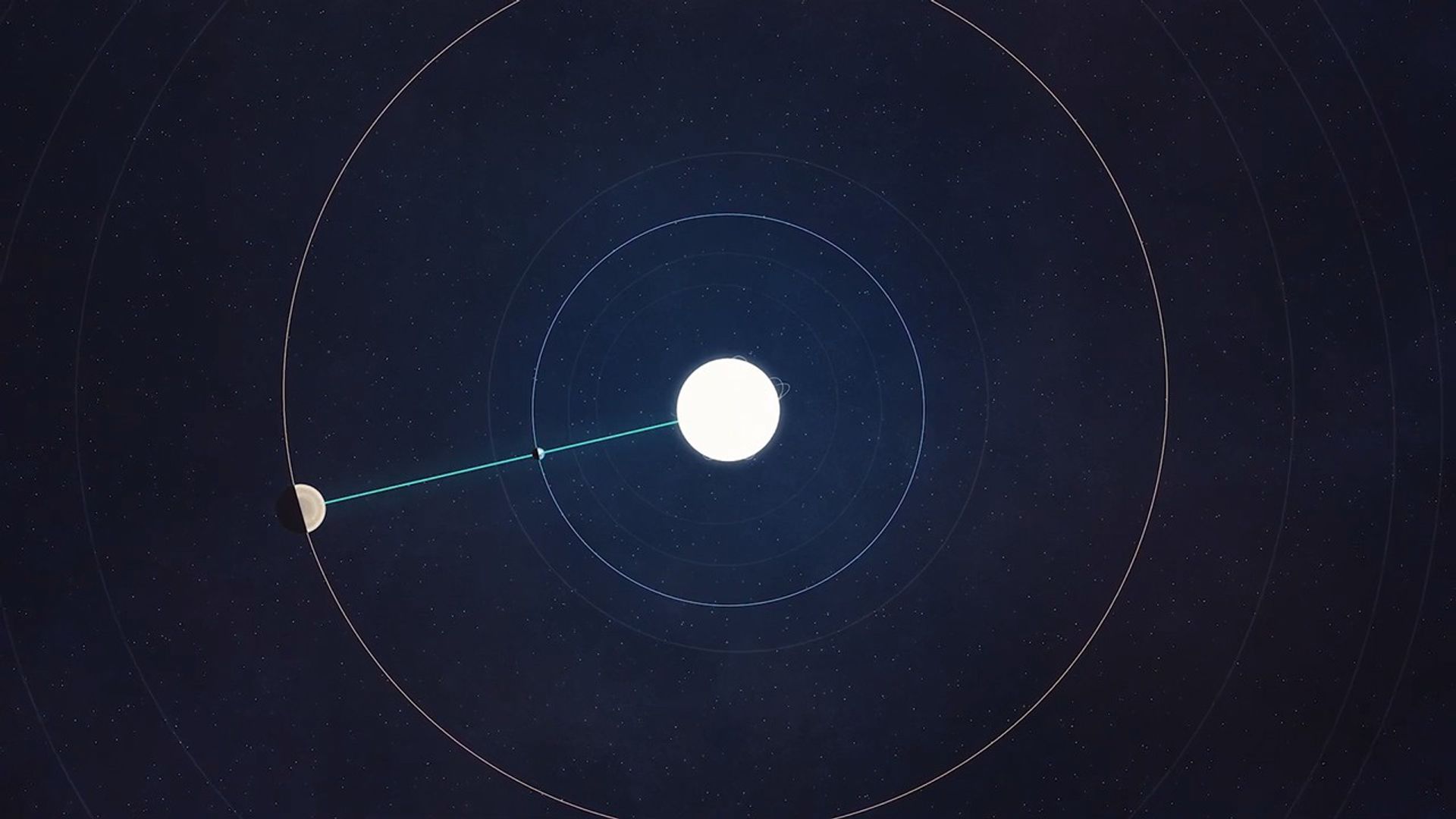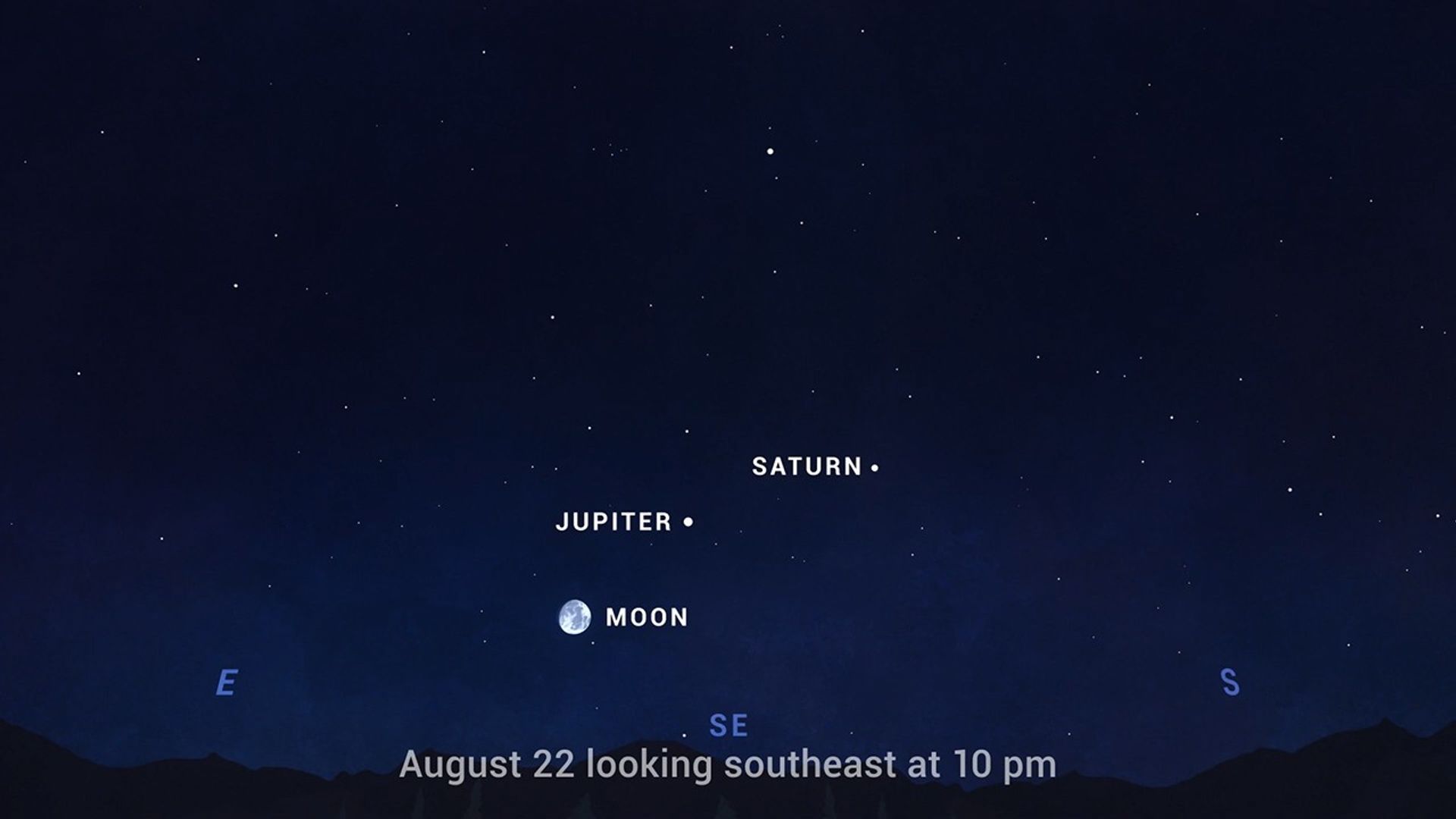What’s Up: August 2021
| Credit | NASA/JPL-Caltech |
|---|---|
| Historical Date | August 2, 2021 |
| Language |
|
Skywatching Tips from NASA
Prime time for the Perseids, Jupiter, and Saturn at "opposition," and why the fourth full moon of the season is kinda special...
August brings the best-known meteor shower of the year, the Perseids. This annual meteor shower happens each year as Earth crosses the debris trail of comet Swift-Tuttle. Most of these meteors are grains of dust up to the size of a pea, and they create fabulous "shooting stars" as they burn up in Earth's atmosphere.
Although Perseids can be seen from mid-July through late August, the most likely time to see any is a couple of days on either side of the peak. This year the peak falls on the night of August 11th, and into the pre-dawn hours of August 12th. (Think of that as "prime time" for the Perseids.) Under really dark skies, you could see almost one per minute near the time of maximum activity.
This year's peak night for the Perseids benefits from a Moon that sets early in the evening, so it won't interfere with the fainter meteors. But before it sets that evening, be sure to check out that gorgeous crescent Moon in the west after sunset with the brilliant planet Venus.
To enjoy the Perseid meteor shower, just find a safe, dark location away from bright city lights. Lie down or recline with your feet facing roughly toward the north and look up. The meteors appear to radiate from around the constellation Perseus, but they can streak across the sky anywhere above you.
NASA also has a way for you to catch some Perseids online. NASA's Meteor Watch team plans a live stream overnight on August 11. Visit this link for more details.
August is perhaps the best time this year to enjoy viewing Jupiter and Saturn, as both planets reach opposition this month. "Opposition" is the term for when a planet is on the same side of the solar system as Earth, and directly opposite from the Sun. It happens each year as Earth loops around in its orbit, passing by the much slower-moving gas giant planets.
Around this time, the planet is visible from sunset to sunrise, and reaches its highest point in the sky around midnight. Opposition is also near the time Earth is closest to the planet, so this is when the planet tends to look its biggest and brightest. Opposition does technically have a precise moment when the Sun, Earth, and the planet line up. But in practice, it's better to think of it as a period of time, usually about a month.
For Saturn opposition takes place this year on August 2nd. And for Jupiter, it's on August 19th.
For the latest close-up views and discoveries from Jupiter, follow NASA's Juno mission with NASA's Solar System Exploration website and social media.
As you're enjoying Jupiter and Saturn during August, watch as the increasingly full Moon slides beneath the pair of planets over several days from the 19th to the 22nd. Plus, the full moon on August 22nd is what's known as a "seasonal blue moon," as it's the third full moon out of four this season, where normally each season there are only three. This happens every two-and-a-half to three years, or as they say, "once in a blue moon."
You can catch up on all of NASA's missions to explore the solar system and beyond at nasa.gov. I'm Preston Dyches from NASA's Jet Propulsion Laboratory, and that's What's Up for this month.





























